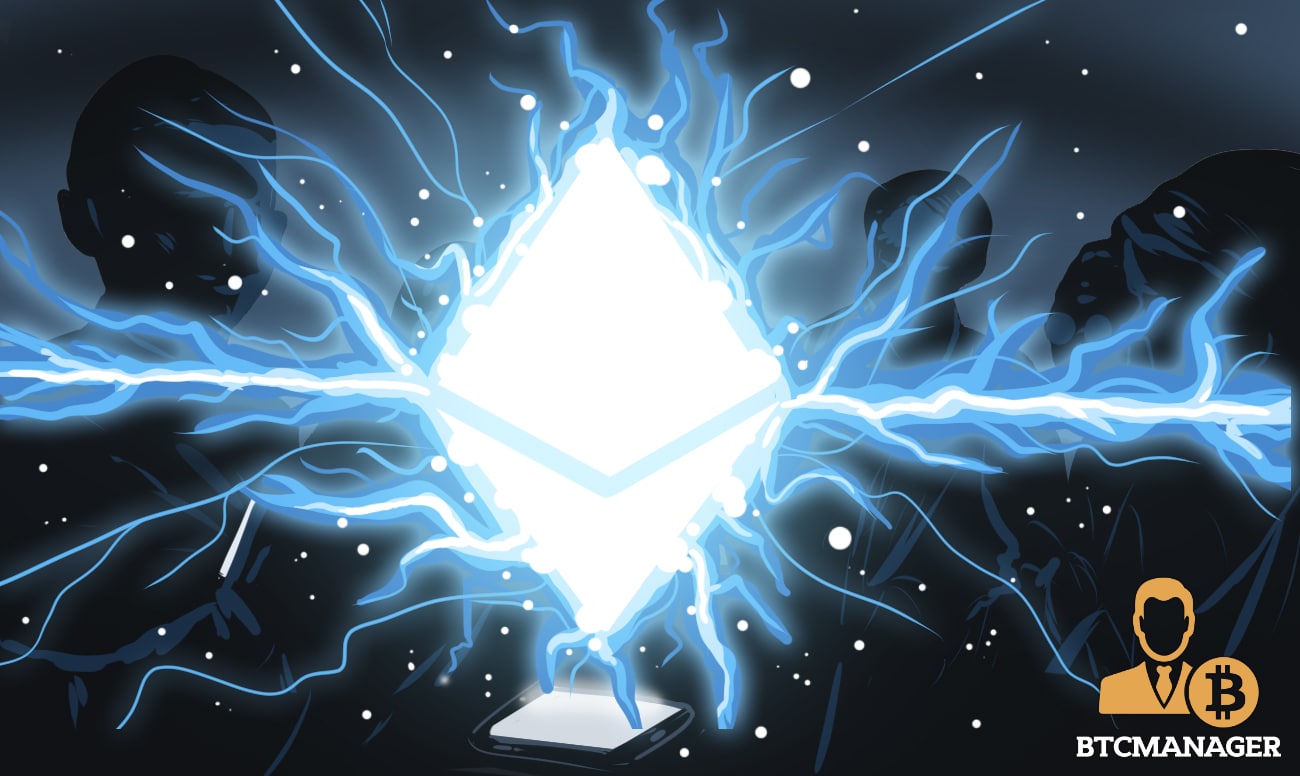Ethereum 2.0 Working Testnet Scheduled for April, Buterin Says

ETH 2.0 is just months away and confirmation of a multi-client testnet has come through from research leads Danny Ryan and Vitalik Buterin. After the protocol underwent its preliminary audit, the ETH 2.0 research and development team will work upon fixing the minor vulnerabilities found by Least Authority, per The Block, March 31, 2020.
One Step Closer to Reality
Activity on Ethereum has been booming since the bottom in crypto winter. Despite muted price growth in the second half of 2019 and in recent weeks, the network has been able to amass constant usage. In fact, as the March 2020 price crash occurred, the network was congested and DEXes saw record volumes.
Now, the next phase of Ethereum’s lifecycle is in play with ETH 2.0. This is one step closer to implementation after a successful audit. A multi-client testnet is on the way to see how well nodes can relay information with multiple node client softwares launching.
In a request for comment, Buterin told The Block:
“The best way to think about when phase 0 mainnet launch will take place is, first we need a multiclient test net, then we wait for that testnet to run for some time without issues, and if it does then we launch. This is a similar procedure to what we did back in 2015 for ETH 1. So it is not easy to predict when mainnet will happen, though we absolutely expect multiclient test nets very soon; April seems very likely.“
Real Problems Unveiled Only Upon Launch
As with most public blockchains, initial testing and implementation before rollout ensures the protocol is secure and usable. But it’s only upon public release that a majority of the issues with the network are identified and resolved in subsequent upgrades.
Cryptocurrencies on public blockchains rely on strong game theory to build in incentives and ward off malicious attackers. This can only be analyzed once the protocol is up and running and several contracts are deployed. Public blockchains are nascent and constant iterations are the only way to ensure the end-product is robust. Unfortunately, it can take months, even years, before a blockchain is ready for mass consumption after public launch.













